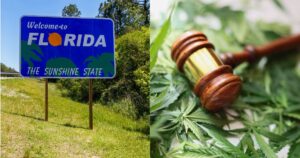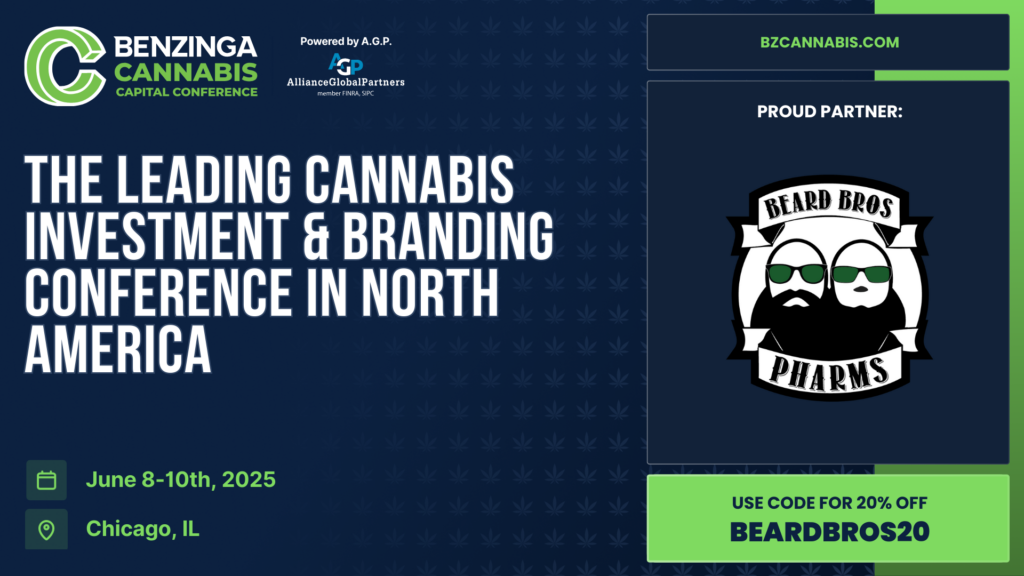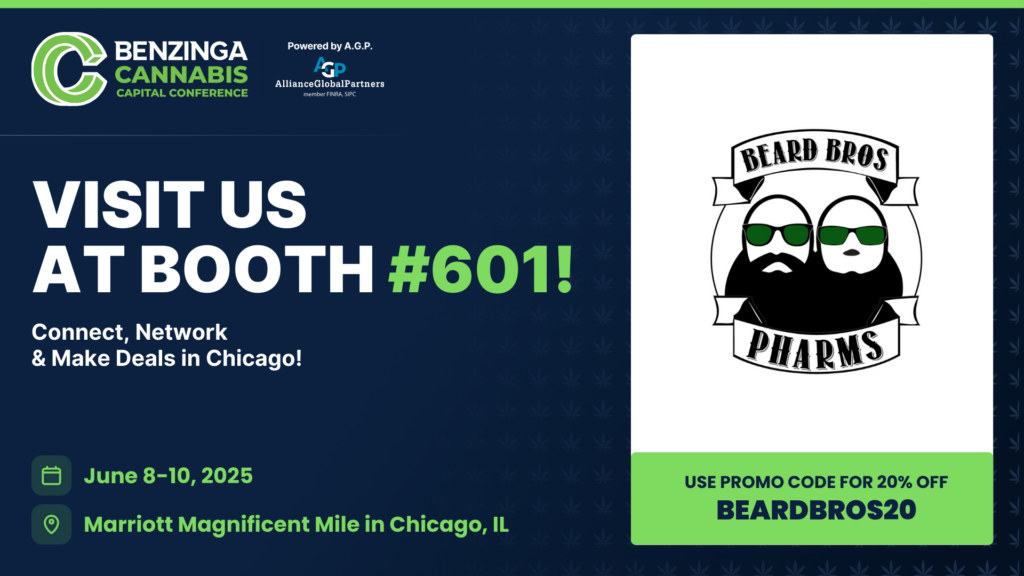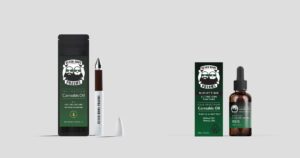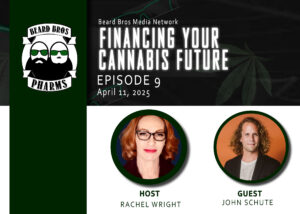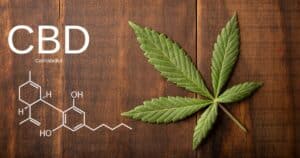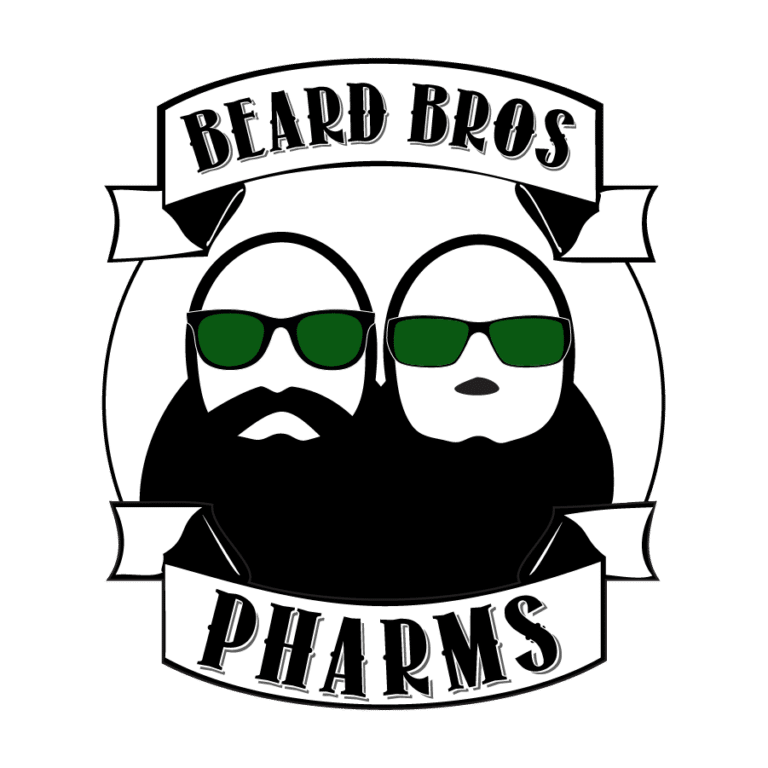Cannabis is no longer just about rolling papers, glass pipes, or edibles. Enter cannabis-infused beverages, a rapidly growing section in the market that’s gaining traction among consumers looking for unique, enjoyable, and health-conscious alternatives to traditional alcohol. These drinks are not simply a fleeting trend. Which reflects the ever-changing consumer behaviors, shifting cultural norms, and the redefinition of social rituals in drinking culture.
What Are Cannabis-Infused Beverages?
Cannabis-infused beverages are precisely what they sound like—drinks infused with cannabis compounds. At the heart of these beverages is THC (tetrahydrocannabinol), the psychoactive compound responsible for the “high” sensation, or CBD (cannabidiol), known for its calming and therapeutic properties. Some beverages even combine both for a smoother experience.
These drinks often mimic the flavors and appeal of traditional beverages such as sparkling waters, teas, cocktails, and even beers. The common goal is to offer consumers the relaxation or other benefits of cannabis without smoking, which can be harmful to lung health.
These drinks can be divided into two main categories. The first category includes regulated marijuana beverages, which are sold in dispensaries located in states where recreational cannabis is legal. These products are subject to strict regulations and are only available through licensed retailers.
The second category consists of hemp-derived THC beverages. These drinks are federally legal under the 2018 Farm Bill, provided they contain less than 0.3% THC. Unlike regulated marijuana beverages, hemp-derived THC drinks are more widely accessible and can be found in liquor stores, supermarkets, and online in states with more relaxed cannabis restrictions. However, states across the United States have developed different rules, meaning availability and regulations for these beverages can vary significantly depending on where you are.
Why Are Cannabis Beverages Becoming Popular?
Cannabis beverages have swiftly moved from novelty items at dispensaries to mainstream alternatives consumed in cafes, bars, and homes. Several factors contribute to this shift.
Changing Consumer Preferences
Modern consumers, particularly Millennials and Gen Z, are fueling the shift toward healthier lifestyles. According to a LendingTree survey, 64% of alcohol drinkers plan to reduce their consumption due to health concerns, while 41% are looking to save money. A 2023 Gallup poll also highlights this trend, showing that alcohol consumption among younger adults aged 18 to 34 has dropped from 72% to 62% over the past two decades, even as the national average has remained steady in the low 60% range for over 40 years. These changing behaviors are paving the way for cannabis-infused drinks to gain traction and take center stage.
Younger generations are also putting an emphasis on experiences that better their overall well-being. Unlike traditional alcohol, cannabis drinks often feature little-to-no calories, no hangovers, and different effects determined by the strain or concentration. Whether consumed for relaxation, focus, sleep, or socializing, cannabis beverages offer versatility many find refreshing.
The Push Toward Alternatives
Alcohol prices have steadily risen over the years, and not all young consumers are willing to pay the often-hefty price tag. Pair that with the cultural tide turning against excessive drinking (sometimes referred to as the “sober curious” movement), and it’s easy to see why cannabis and its related products, especially beverages, have never been in a better position to thrive.
Evolving Cannabis Forms
Historically, the stereotypical cannabis consumer might have been associated with smoking, but new formats like gummies, oils, and drinks are normalizing cannabis use for a broader demographic. These formats, particularly beverages, dispel many of the stigmas still associated with the product. For newcomers to cannabis, drinks represent a less intimidating entry point compared to smoking or vaping.
Innovation in Science and Technology
Advancements like nanoemulsion technology improve the absorption rate of THC and CBD in the body, allowing drinkers to feel the effects quicker. Instead of waiting anywhere from 30 minutes to two hours for the effects of a traditional edible, advanced cannabis beverages provide a faster, more predictable experience.
Additionally, manufacturers have developed techniques to remove the distinct cannabis flavor often noticeable in edibles, making these drinks more palatable to first-time consumers or those who prefer a lighter taste profile.
The Social Appeal of Cannabis Drinks
Beyond convenience and health considerations, these beverages are reshaping social norms and rituals, rivaling alcohol in many contexts. Cannabis-infused drinks are being marketed as sophisticated, mood-enhancing alternatives to beer, wine, and cocktails. Brands themselves as “social tonics,” encouraging mindful consumption without the added baggage of calories, dehydration, or reduced productivity the next day.
The beverages are becoming a staple at gatherings such as dinners, networking events, and even professional settings, offering a unique selling point that alcohol simply cannot match. Imagine sipping on a THC Mojito at a summer picnic or celebrating a team milestone with a CBD-infused sparkling drink.
The Differences Between Cannabis and Alcohol
Chemically and socially, cannabis and alcohol offer very different effects, appealing to different goals. With alcohol, effects are typically felt within 15 to 45 minutes and can be stimulating or relaxing, but excessive consumption often leads to debilitating hangovers.
Cannabis beverages, on the other hand, provide a tailored experience. Consumers can choose blends for energy, focus, or relaxation. The delayed onset of cannabis beverages (30 minutes to two hours) is a manageable tradeoff for many consumers, especially with rapid-onset formulas becoming increasingly common.
Notably, cannabis drinks cater to those seeking the “buzz” of social consumption without the long-term health concerns linked to alcohol, such as liver damage, heart issues, or heightened cancer risks. This makes them particularly appealing to the health-conscious demographic.
Challenges to Widespread Adoption
While cannabis beverages show promise, they’re not without their challenges. Price remains a significant barrier. A six-pack of THC-infused drinks can cost $30 or more, compared to a similarly sized pack of beer for half the price.
Additionally, widespread legalization is still a hurdle. Despite the growing acceptance of cannabis, regulatory differences across states mean accessibility varies significantly. Federal legalization is likely the ultimate solution to overcoming these barriers, simplifying distribution and lowering costs.
Cultural misconceptions remain another friction point. For example, some consumers fear replacing alcohol with cannabis might make social interactions less energetic or engaging. Addressing these misconceptions with proper education about strain-specific effects (sedating versus uplifting) will be critical in breaking through such stereotypes.
The Future of Cannabis Beverages
The cannabis-infused beverage market is set to grow rapidly, redefining both the cannabis and beverage industries. Casual consumers and health-conscious Millennials are driving demand, seeking mindful consumption and alcohol alternatives.
Brands will need to continue innovating, leveraging faster-acting formulas, experimenting with flavors, and tapping into the premium alcohol-replacement market. Collaborations with mixologists and pairing guides for food and cannabis drinks could elevate their appeal even further.
Ultimately, cannabis beverages don’t just represent a trend; they reflect a broader shift in how we think about wellness, consumption, and social interaction. Whether used to relax, connect, or celebrate, these drinks highlight the mutual growth of the cannabis and beverage industries, hinting at a future where they may overlap entirely.











